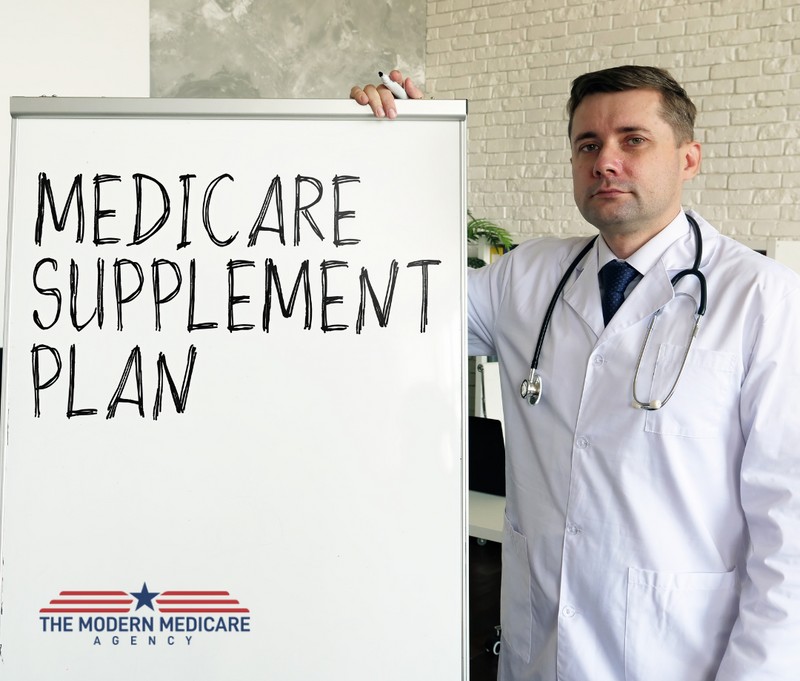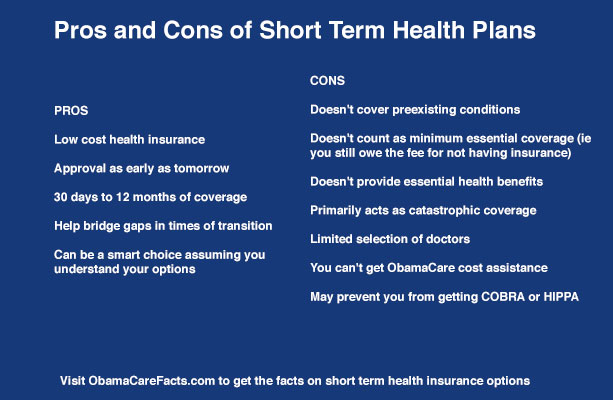Getting My Medicare Advantage Agent To Work
Getting My Medicare Advantage Agent To Work
Blog Article
Getting My Medicare Advantage Agent To Work
Table of ContentsHow Medicare Advantage Agent can Save You Time, Stress, and Money.Not known Incorrect Statements About Medicare Advantage Agent The Only Guide for Medicare Advantage Agent

follows from adheres to the perplexing young fairly profile of account uninsured with without insurance better healthFar better wellness average, of younger personsMore youthful For those without accessibility to work environment health and wellness insurance coverage, inadequate health and wellness is a possible obstacle to purchasing nongroup insurance coverage due to the fact that such protection might be extremely valued, exclude pre-existing problems, or be simply unavailable. Unless otherwise kept in mind, national quotes of people without wellness insurance and proportions of the population with different kinds of protection are based on the CPS, the most commonly utilized resource of estimates of insurance policy protection and uninsurance rates.

See This Report about Medicare Advantage Agent
The partnership in between health and wellness insurance policy and access to care is well established, as documented later on in this chapter. The relationship in between wellness insurance and wellness results is neither straight neither simple, a substantial medical and health solutions study literary works web links wellness insurance protection
to improved enhanced accessibility care, better much better, and improved boosted and population populace status. The second report, on individual wellness results for uninsured adults, is stood for by the innermost circle of the figure, while the third report, on family members well-being, incorporates the topics of the second report but emphasizes a different system of analysis, namely, the family.
Furthermore, it focuses especially on those without any type of medical insurance for any length of time. The troubles encountered by the underinsured remain in some respects comparable to those faced by the uninsured, although they are generally much less extreme. Uninsurance and underinsurance, nevertheless, include distinctly various plan concerns, and the strategies for resolving them might differ. Throughout this research and the 5 reports to adhere to, the main focus gets on individuals without any health and wellness insurance and therefore no help in spending for healthcare past what is offered with charity and security internet organizations. Medical insurance is a powerful element impacting receipt of care since both individuals and physicians respond to the out-of-pocket cost of solutions. Medical insurance, nonetheless, is neither essential neither adequate to gain access to clinical services. However, the independent and direct effect of wellness
insurance coverage on access to health services is well developed. Others will get the healthcare they require also without medical insurance, by paying for it expense or seeking it from suppliers who supply treatment free or at extremely subsidized prices. For still others, health insurance policy alone does not make certain invoice of care as a result of other nonfinancial obstacles, see such as an absence of healthcare suppliers in their community, minimal accessibility to transport, illiteracy, or etymological and cultural distinctions. Formal research regarding without insurance populations in the USA dates to the late 1920s and early 1930s when the Committee on the Cost of Healthcare generated a series of reports concerning funding doctor office gos to and hospital stays. This issue ended up being salient as the numbers of medically indigent climbed during the Great Depression. Empirical research studies regularly sustain the link in between access to care and improved wellness results(Bindman et al., 1995; Starfield, 1995 ). Having a normal source of treatment can be taken into consideration a forecaster of gain access to, as opposed to a direct measure of it, when wellness results are themselves utilized as access indicators. This extension of the concept of accessibility measurement was made by the IOM Committee on Keeping An Eye On Access to Personal Wellness Treatment Provider(Millman, 1993, p. Whether parents are guaranteed shows up to affect whether or not visit their kids get treatment along with exactly how much careeven if the kids themselves have insurance coverage(Hanson, 1998). The health and wellness of parents can affect their ability to look after their youngsters and the level of family members stress and anxiety. Bothering with their children's accessibility to care is itself a source of tension for moms and dads. 3 chapters comply with in this report. Phase 2 offers an introduction of just how employment-based health and wellness insurance, public programs and private insurance policy policies operate and communicate to offer comprehensive but insufficient protection of the U.S. population. This consists of a review of historical trends and public plans influencing both public and private insurance coverage, a conversation of the interactions amongst the various sorts of insurance policy, and an assessment of why people move from one program to one more or wind up

Report this page